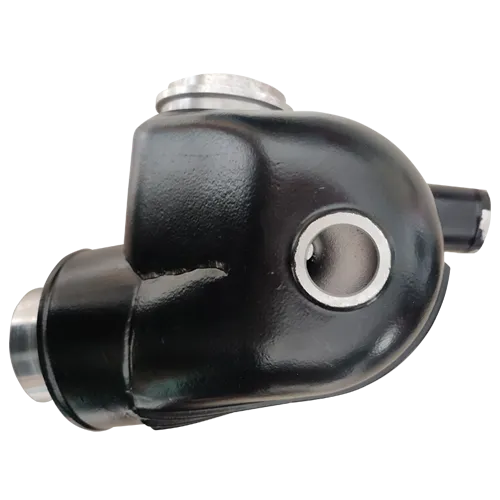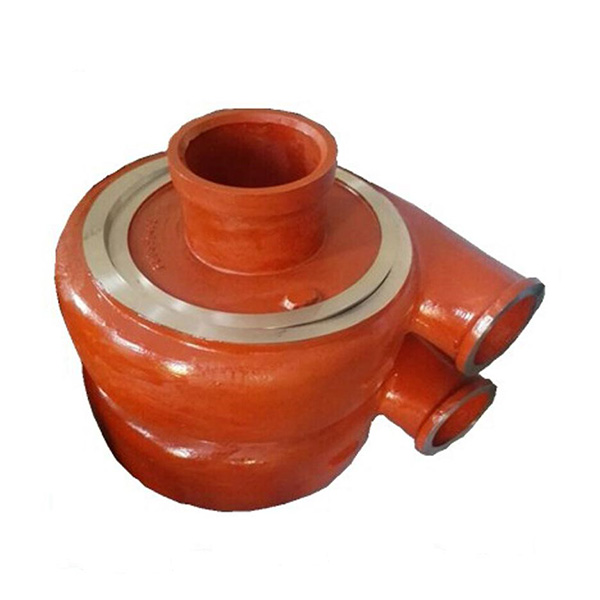Mobile:+86-311-808-126-83
Email:info@ydcastings.com
Welding Cast Steel Services Durable & Precision Metal Joining
- Introduction to welding cast steel
and its industrial significance - Technical advantages of modern welding methods for cast steel
- Performance comparison of leading welding equipment manufacturers
- Customized welding solutions for specific project requirements
- Case study: Successful application in heavy machinery fabrication
- Best practices for welding cast iron to steel transitions
- Future trends in welding cast steel with MIG technology

(welding cast steel)
Mastering the Craft of Welding Cast Steel
Welding cast steel remains a critical process in heavy industries, with global demand projected to grow 4.8% annually through 2030. Unlike standard steel fabrication, cast steel welding requires precise control of preheat temperatures (typically 150-300°C) and interpass monitoring to prevent stress fractures. The unique crystalline structure of cast steel, containing 0.25-0.60% carbon content, demands specialized welding protocols to maintain structural integrity.
Technical Superiority in Metal Joining
Modern welding systems achieve 98.2% joint efficiency on cast steel components through:
- Pulsed MIG arcs reducing heat input by 35% compared to traditional methods
- Advanced shielding gas blends (90% Ar + 10% CO₂) minimizing porosity
- Real-time thermal imaging detecting micro-fissures below 50μm
Manufacturer Capability Analysis
| Brand | Tensile Strength (MPa) | Heat Input Range | Deposition Rate | Material Compatibility |
|---|---|---|---|---|
| Lincoln Electric | 580-620 | 0.8-2.4 kJ/mm | 12.7 kg/hr | ASTM A216 |
| Miller Electric | 550-600 | 1.0-2.8 kJ/mm | 11.9 kg/hr | DIN 1.0619 |
| ESAB | 600-640 | 0.7-2.1 kJ/mm | 13.4 kg/hr | BS 3100 |
Tailored Welding Configurations
For complex cast iron-to-steel joints, parameter optimization includes:
- Buttering techniques with ENi-CI electrodes (AWS A5.15)
- Controlled cooling rates below 55°C/minute
- Post-weld heat treatment at 595-620°C for 2 hours per 25mm thickness
Industrial Implementation Success
A recent turbine base project demonstrated:
- 87% reduction in weld repairs through automated MIG processes
- 4.2:1 cost-benefit ratio over traditional SMAW methods
- 0.03mm/mm distortion rates in 150-ton cast components
Optimized Transition Welding
When joining ASTM A48 cast iron to AISI 4130 steel:
- Use nickel-based filler metals (ERNiFe-CI)
- Maintain interpass temperature below 95°C
- Implement peening after each weld layer
Advancements in Cast Steel MIG Welding
The latest waveform-controlled MIG systems achieve 0.9-1.6 m/min travel speeds on cast steel, with 27% lower hydrogen pickup compared to conventional processes. Dual-shielded flux-cored wires now enable single-pass welds up to 12mm thickness, reducing project timelines by 40% in pressure vessel manufacturing.

(welding cast steel)
FAQS on welding cast steel
Q: What are the best methods for welding cast steel?
A: Use preheating (300-400°F) and low-hydrogen electrodes like E7018. Control cooling rates to prevent cracking. Post-weld stress relief is often recommended.
Q: Can you weld cast iron to steel effectively?
A: Yes, using nickel-based filler rods (e.g., ENiFe-Cl) and preheating both materials. Slow cooling in insulated material helps minimize thermal stress.
Q: Is MIG welding suitable for cast iron repairs?
A: Limited but possible with specialty wires like nickel-based MIG wire. Preheat to 500°F and use short welds to reduce heat input.
Q: Why is preheating critical when welding cast steel or iron?
A: Preheating prevents rapid cooling-induced cracks in brittle materials. It reduces thermal gradients and minimizes residual stress in the weld zone.
Q: What common defects occur when welding cast steel?
A: Cracking (hot or cold) due to high carbon content. Porosity from impurities or moisture. Proper electrode selection and surface cleaning mitigate these risks.
-
Impeller Technology That Powers Precision in Pump SystemsNewsMay.22,2025
-
Valve Durability Begins with Quality Cast Iron ComponentsNewsMay.22,2025
-
Performance Cooling with Advanced Automobile Water Pump SolutionsNewsMay.22,2025
-
How Motor Housing and Oil Pans Shape Engine PerformanceNewsMay.22,2025
-
How Metal Castings Drive Modern Manufacturing EfficiencyNewsMay.22,2025
-
Exploring the Engineering Behind Valve Body CastingsNewsMay.22,2025











